Services
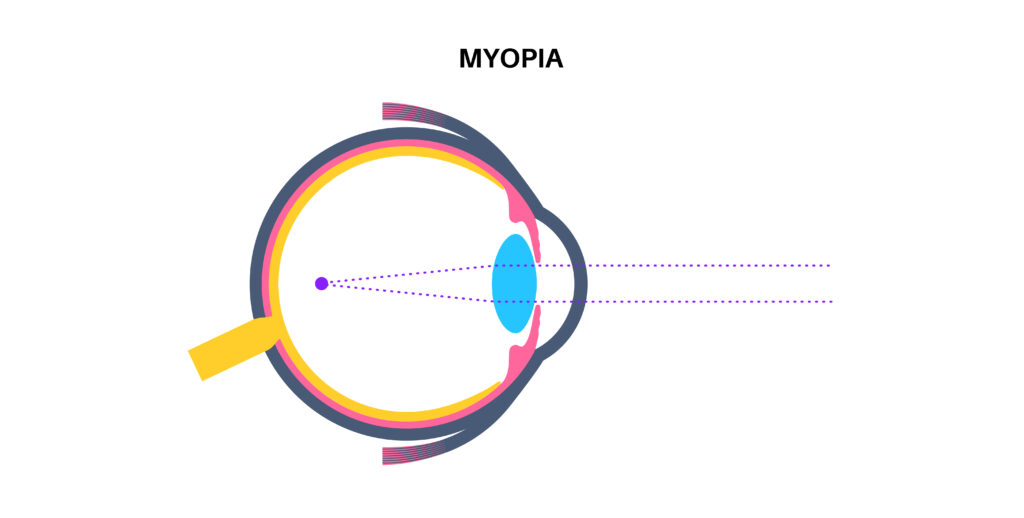
Myopia
Myopia, or nearsightedness, is a common refractive error where distant objects appear blurry. It often develops during childhood and may worsen over time. Regular eye exams are crucial for early detection and management. Treatments include glasses, contact lenses, or refractive surgery, tailored to individual needs for clearer vision.
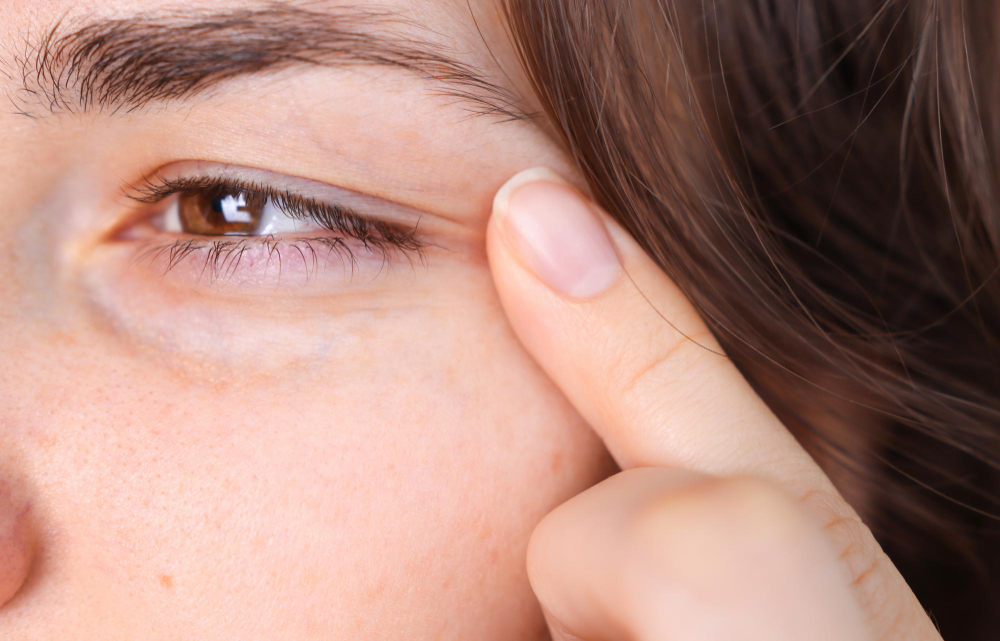
Astigmatism
Astigmatism is a refractive error that affects how the eye focuses light. It occurs when the cornea or lens has an irregular shape, causing blurred or distorted vision at any distance. Treatments include glasses, contact lenses, or refractive surgery, tailored to correct the unique curvature of the eye for clearer vision.

Presbyopia
Presbyopia is a common age-related condition where the eye’s natural lens loses flexibility, making it difficult to focus on close objects. Symptoms typically begin around age 40 and progress over time. Treatments include reading glasses, bifocals, or multifocal contact lenses to restore near vision clarity. Regular eye exams are essential for managing presbyopia effectively.

Cataract
Cataracts are a common age-related condition where the lens of the eye becomes cloudy, causing blurry vision, glare, and difficulty seeing at night. Treatments include cataract surgery, a safe and effective procedure to remove the cloudy lens and replace it with a clear artificial lens, restoring vision clarity and quality of life. Regular eye exams are crucial for early detection and management of cataracts.
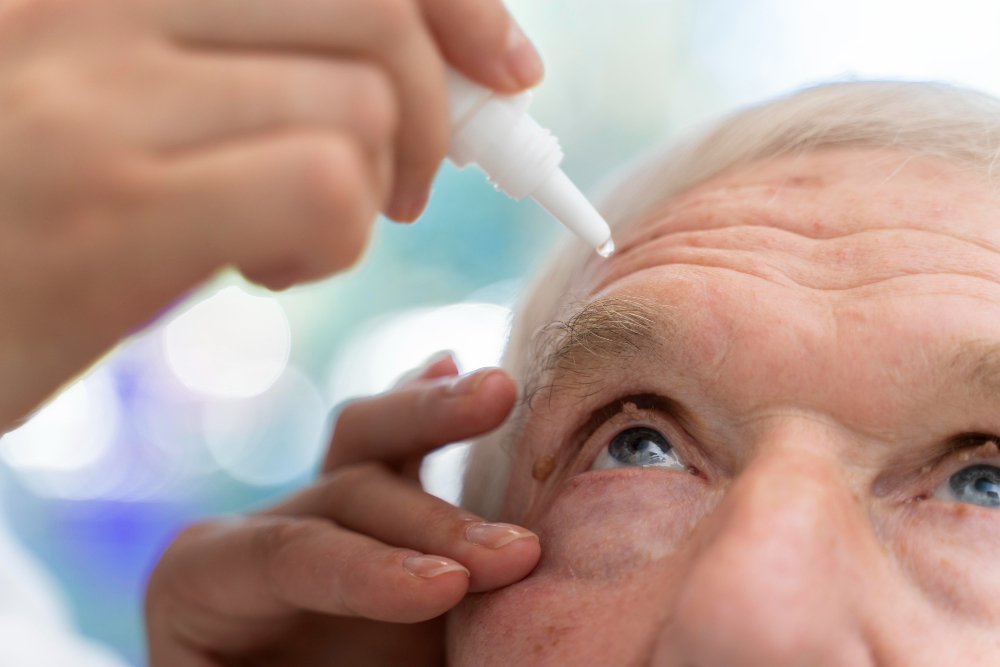
Glaucoma
Glaucoma is a group of eye conditions that damage the optic nerve, leading to gradual vision loss. Often called the “silent thief of sight,” it typically has no symptoms until advanced stages. Treatments include eye drops, laser therapy, or surgery to lower eye pressure and preserve vision. Early detection through regular eye exams is essential for managing glaucoma effectively and preventing irreversible vision loss.
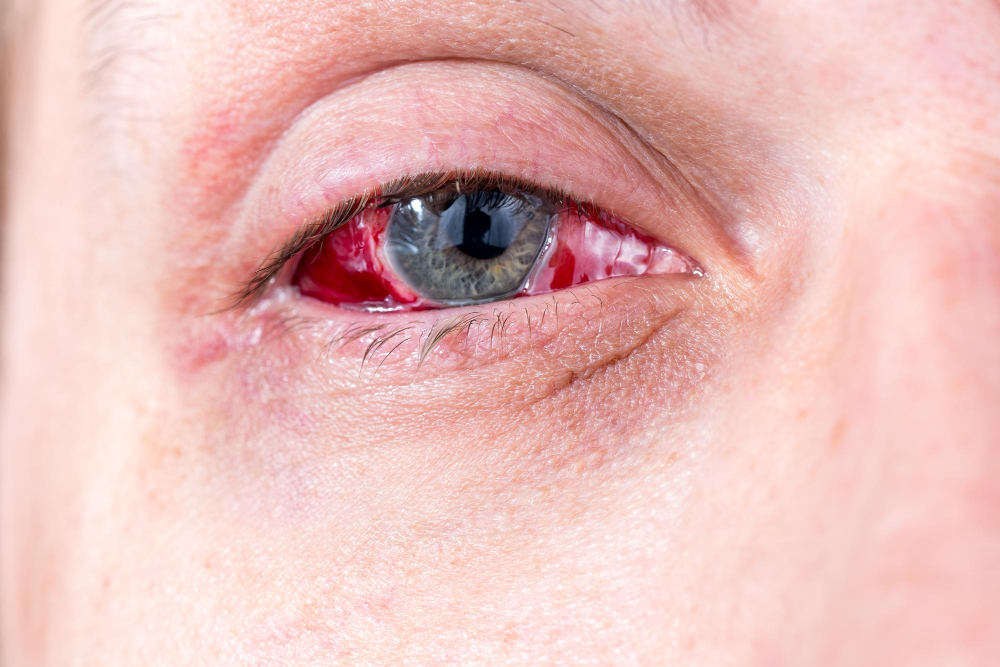
Conjunctivitis
Conjunctivitis, commonly known as pink eye, is an inflammation of the conjunctiva, the thin, transparent layer covering the white part of the eye and the inner surface of the eyelids. It can be caused by viruses, bacteria, allergens, or irritants. Symptoms include redness, itching, discharge, and tearing. Treatments vary based on the cause and may include antiviral or antibiotic eye drops, artificial tears, or cold compresses.
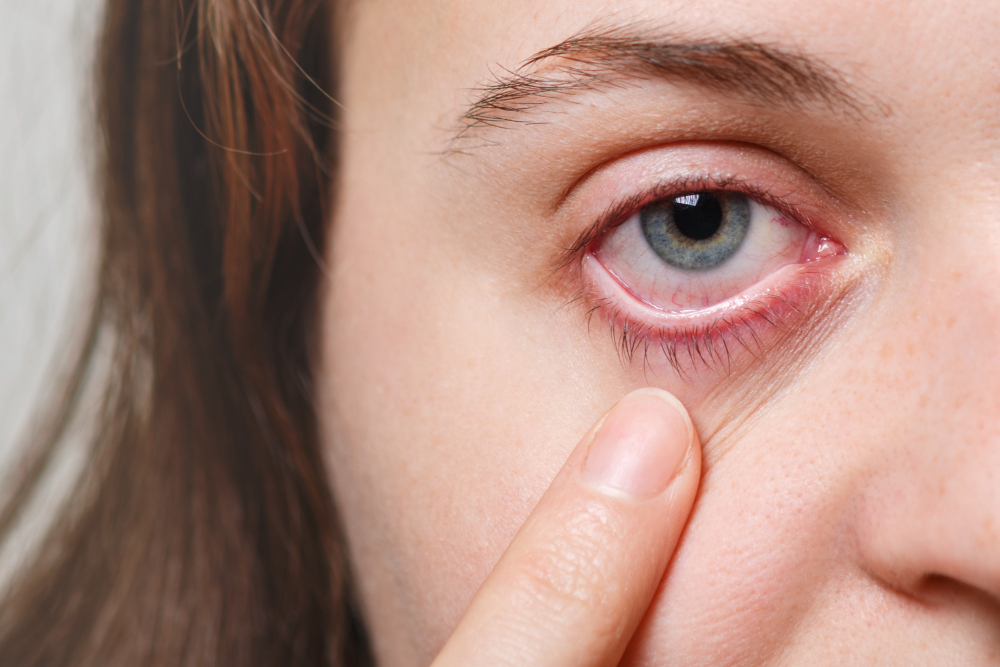
Dry Eye Syndrome
Dry eye syndrome occurs when the eyes do not produce enough tears or when tears evaporate too quickly, leading to discomfort and irritation. Symptoms include stinging or burning sensations, redness, blurry vision, and sensitivity to light. Treatments may include artificial tears, prescription eye drops, lifestyle modifications, or procedures to block tear ducts and conserve tears.
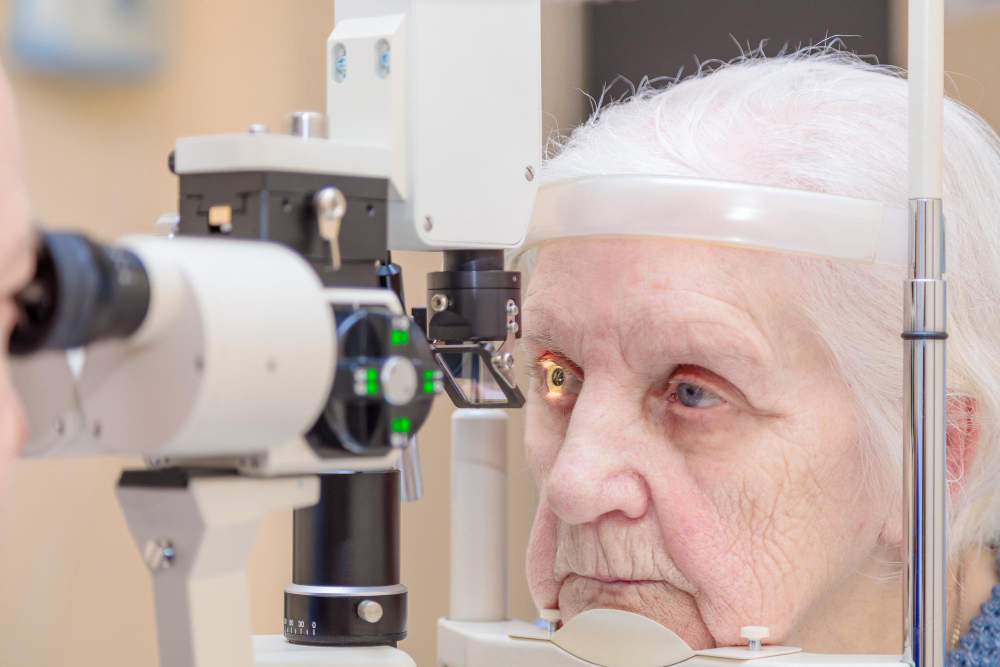
Keratitis
Keratitis is an inflammation of the cornea, the clear front surface of the eye. It can be caused by infection, injury, or underlying conditions such as dry eye or contact lens misuse. Symptoms include eye pain, redness, light sensitivity, and blurred vision. Treatments vary based on the cause and may include antibiotic or antifungal eye drops, pain relief medication, and avoiding contact lens wear until the condition resolves.
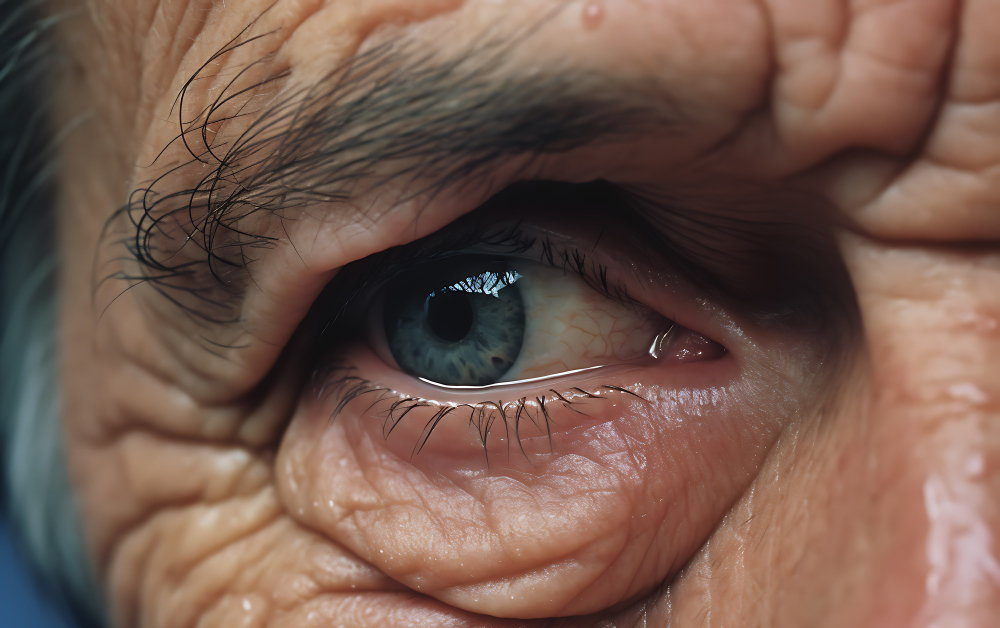
Corneal Ulcers
Corneal ulcers are open sores on the cornea, often caused by bacterial, viral, or fungal infections, or by injury. Symptoms include eye pain, redness, discharge, and blurred vision. Prompt diagnosis and treatment are essential to prevent complications such as vision loss or scarring. Treatment typically involves antibiotic or antifungal eye drops, pain relief medication, and sometimes, in severe cases, surgical intervention.

Color Blindness
Color blindness is a genetic condition where individuals have difficulty distinguishing between certain colors, typically red and green, or blue and yellow. It occurs when certain cells in the retina do not function properly. Symptoms include difficulty seeing shades of certain colors or confusing similar hues. While there is no cure for color blindness, special glasses or contact lenses may help enhance color perception for some individuals.
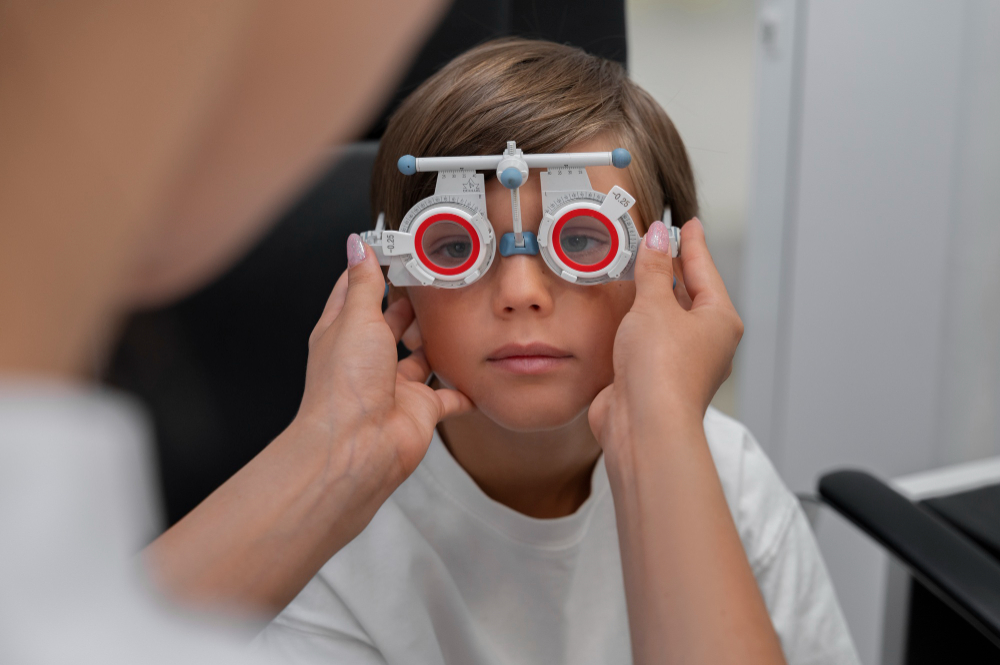
Conjunctival Disorders
Conjunctival disorders encompass a range of conditions affecting the conjunctiva, the thin, transparent membrane covering the white part of the eye and the inner surface of the eyelids. These disorders can result from infections, allergies, irritants, or underlying systemic conditions. Symptoms vary but may include redness, itching, burning sensations, discharge, or foreign body sensation in the eye.
